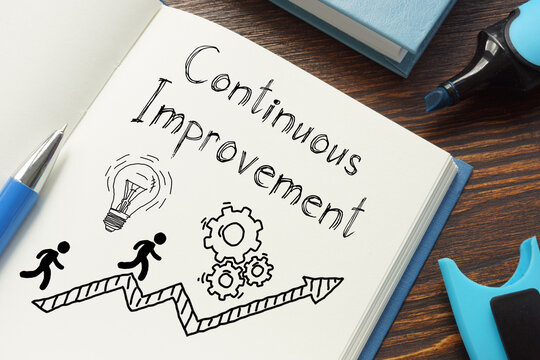Introduction:
In today’s digital age, having a robust online presence is essential for businesses of all sizes. For small to medium-sized enterprises (SMEs), a well-designed website can be a game-changer, offering opportunities for growth, customer engagement, and brand visibility. In this guide, we’ll explore the importance of website development for SMEs and provide actionable insights to help them navigate this crucial aspect of their digital strategy.
Understanding the Importance of Website Development for SMEs:
Why a Website Matters: Discuss the significance of a website as the digital storefront for SMEs, serving as a platform for brand representation, customer interaction, and sales. Competitive Advantage: Highlight how a professionally developed website can differentiate SMEs from competitors, instill trust, and attract potential customers. Accessibility and Reach: Emphasize the role of a website in expanding the reach of SMEs beyond geographical limitations, tapping into global markets and diverse customer segments.
Key Components of Successful Website Development:
Responsive Design: Explain the importance of responsive web design in ensuring optimal user experience across various devices, including smartphones, tablets, and desktops. User-friendly Navigation: Discuss the significance of intuitive navigation structures that enable visitors to easily find information, products, or services they seek. Compelling Content: Stress the value of high-quality content that resonates with the target audience, including engaging copy, captivating visuals, and multimedia elements. Search Engine Optimization (SEO): Introduce basic SEO principles and tactics to improve website visibility, rank higher in search engine results, and attract organic traffic.
Choosing the Right Website Development Approach:

Custom Development vs. Website Builders:
Compare the pros and cons of custom website development versus using website builders like WordPress, Wix, or Squarespace, considering factors such as scalability, flexibility, and budget.
Content Management Systems (CMS):
Explore popular CMS platforms like WordPress, Joomla, and Drupal, highlighting their features, customization options, and suitability for SMEs.
E-commerce Solutions:
Discuss considerations for SMEs looking to establish an online store, including e-commerce platforms like Shopify, Magento, and WooCommerce, and their integration with website development.
Crafting a Strategic Website Development Plan:
Define Objectives:
Encourage SMEs to clearly define their website goals, whether it’s increasing brand awareness, driving sales, generating leads, or enhancing customer engagement.
Audience Research:
Stress the importance of understanding the target audience’s demographics, preferences, and online behavior to tailor the website’s design and content accordingly.
Budgeting and Resource Allocation:
Provide insights into budgeting considerations for website development, including costs associated with design, development, hosting, and maintenance.
Timeline and Milestones:
Outline a realistic timeline for website development, breaking down the project into manageable phases with specific milestones to track progress.
Leveraging Website Analytics for Continuous Improvement:

Setting up Analytics Tools:
Guide SMEs on implementing web analytics tools like Google Analytics to monitor website traffic, user behavior, conversion rates, and other key performance indicators (KPIs).
Analyzing Performance Metrics:
Explain how to interpret website analytics data to identify strengths, weaknesses, and opportunities for optimization, such as refining content, improving user experience, or targeting specific audience segments.
Iterative Optimization:
Advocate for a data-driven approach to website optimization, emphasizing the importance of continuous testing, experimentation, and refinement to enhance performance and achieve business objectives.
Conclusion:
In today’s competitive business landscape, a well-designed and strategically developed website is indispensable for SMEs aiming to thrive in the digital realm. By understanding the importance of website development, leveraging key components of successful design, choosing the right approach, crafting a strategic plan, and leveraging analytics for continuous improvement, SMEs can effectively harness the power of their online presence to drive growth, engage customers, and achieve their business goals. Embrace the digital transformation and embark on the journey of website development to unlock the full potential of your small to medium-sized business.


